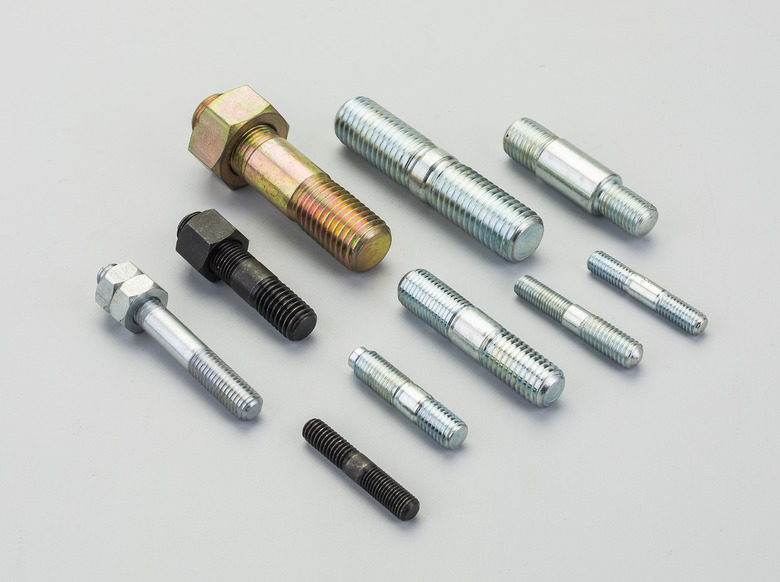How To Size Cotter Pins
Cotter pins are uniquely useful when it comes to holding parts of machinery in place and together. But if you don't size them correctly, not only will the machinery be less sturdy, it may not work at all. In order to ensure cotter pins will be effective, there are a few things to keep in mind.
What is a Cotter Pin?
What is a Cotter Pin?
A cotter pin, also known as a split pin, is a meal fastener with two prongs rather than one. The two prongs are typically bent during installation to hold an item in place. They are usually made of a malleable but thick wire, allowing them to be bent into place but also ensuring they have enough hold. After being used once, it's advised to throw out your cotter pins, as the material can lose strength after being bent.
Cotter pins are commonly used to hold machine parts in place by being inserted into corresponding holes of two different parts, then bending to hold them together. The main factor to consider in making sure you get the right cotter pin is their size. Not only must the pin fit through the hole, but you also want it to be a tight fit in order to make the joint strong. The pin must also be long enough to fit through the hole and have enough length left to bend and secure.
How to Measure Your Cotter Pin
How to Measure Your Cotter Pin
First, you'll want to check the width of the pin. To do this, measure the diameter of the hole where the cotter pin needs to fit. Then, pressing the two prongs of the cotter pin together, measure the diameter of the cotter pin. In smaller cotter pins (smaller than 5/16 of an inch in diameter) the diameter of the hole must be 1/16 of an inch wider. But for pins larger than 5/16 of an inch in diameter, a hole of the same size diameter will work. A good rule of thumb is to always use the biggest possible cotter pin to fit the hole.
You may also want to consider the head size of your cotter pin. It should be big enough to stop the pin from wriggling over time, but not so big as to potentially cause other parts of the machine to get tangled up or jammed.
Last, check the length of your cotter pin. Measure the length of the hole then compare this to the measurement of the shorter prong of your cotter pin (if the two prongs are not of equal length). You will need the length of the hole to be shorter than both of the pin's prongs in order for the pin to work. Pins that are far too long can usually be cut down to size, offering some flexibility in this area.
Sizes of Cotter Pins
Sizes of Cotter Pins
There are 18 American standard sizes of cotter pins. The sizes start super small, with a diameter of 1/32 of an inch. The biggest standard cotter pin available has a diameter of ¾ of an inch. Lengths of cotter pins aren't standardized, so you should shop around to get the best option for you.
